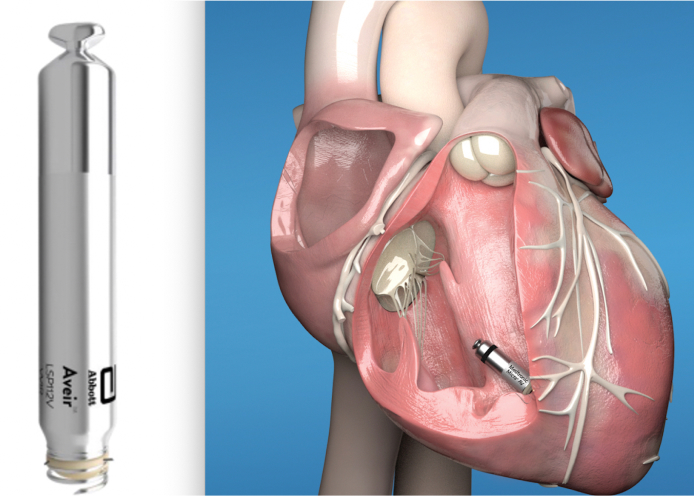A leadless pacemaker is tiny but mighty, about as big as a AAA cell, and includes a cell and computer bits, all in a small case. It goes right into the heart's lower right part, the ventricle, to keep life going.
Leadless pacemaker placement in Chennai is gaining momentum in cardiac care. These devices are at the forefront of this progress, marking a pivotal point in heart rhythm care. This article reveals how leadless pacemakers work, their role in health practices, and their impact on the future of heart care.
Exploring How Leadless Pacemakers Function
Your heart’s beat is key to health. When it goes off track, a leadless pacemaker steps in to keep the pace. It works on two main ideas: pacing and sensing. When your heartbeat slows or stops, the pacemaker sends an electric jolt to start a beat, keeping your heart's pace steady. It also watches your heart's electric activity. If it finds a natural beat, it waits, letting your heart do its thing. This smart setup lets tech blend smoothly with your body’s own ways.
What’s new with leadless pacemakers is they work without leads. This change makes the design simpler and cuts down on risks like infections or lead breakage. It shows how far medical tech has come, moving toward fixes that are less harsh and fit better with the body’s ways.
These tools are not just a jump ahead in pacemaker tech; they also start a new chapter in heart care, where patient ease and safety come first.
Leadless Pacemaker Placement Procedure
A leadless pacemaker uses a catheter system through a vein to get the tool to the heart's right ventricle. Held in place with tiny hooks and set using X-ray help, this less harsh method reduces problems and time needed. Once they check the pacemaker is working right, the catheter is removed. This new way of heart care is a big leap forward, making things better for both patients and the health system.
Advantages of Leadless Pacemaker Innovations
Looking at how pacemaker tech has grown, the leadless pacemaker shines as a big step up. Here are some key perks this new technology brings:
- No need for an incision in the chest, so there is no sore spot from surgery or a bump showing under the skin.
- Quicker process and no limits on moving your arms after it is in.
- Being 90% smaller than old pacemakers, they are less in the way and more comfy for you.
- Less chance of infections or lead problems – common with old pacemakers.
- Safe for MRI tests, so you can get key scans without worrying about hurting the device or messing it up.
As medical tech improves, patients get treatments that do the job well and are less harsh, making life better and health outcomes stronger.
Risks and Complications of Leadless Pacemakers
Even though leadless pacemakers have many upsides, there could be risks and problems, such as:
- Puffiness and bleeding where they went in, which happen the most.
- The device moving or bleeding inside, known as pericardial effusion or cardiac tamponade.
- These big issues need fast medical help.
Knowing the risks with leadless pacemaker placement shows why complete heart care and managing heart rhythm issues right is a must. It is vital to balance these risks with the benefits of getting a leadless pacemaker.
With smart choices, your heart care can match your health needs and way of life.
Maintaining Leadless Pacemakers Battery Life Insights
When you think about how long leadless pacemakers last, here are some things to keep in mind about their cell life and maintenance:
- Cells can last 5 to 15 years, depending on your need.
- How often pacing is needed for your heart issue.
- How they replace out the cell and if they can leave the old pacemaker in your right ventricle, which has room for it.
Also, regular checkups for the tool are a must. For more on living with a pacemaker, it might help to learn about managing heart issues well.
Pioneering Cardiac Care- The Leadless Pacemakers Horizon
Leadless pacemakers are changing how folks with heart issues get care and the results they see. You have seen how this top-notch tech promises a less harsh way and cuts down on risks that old pacing systems had. The key to improving our health system is using practices that fix today’s needs and lay the ground for what’s next.
If you seek advice on using leadless pacemakers in your work or finding the best heart care choices, your cardiac electrophysiologist in Chennai can guide you. Leadless pacemaker therapy is just one of many choices at the clinic, showing a promise to top heart care.

